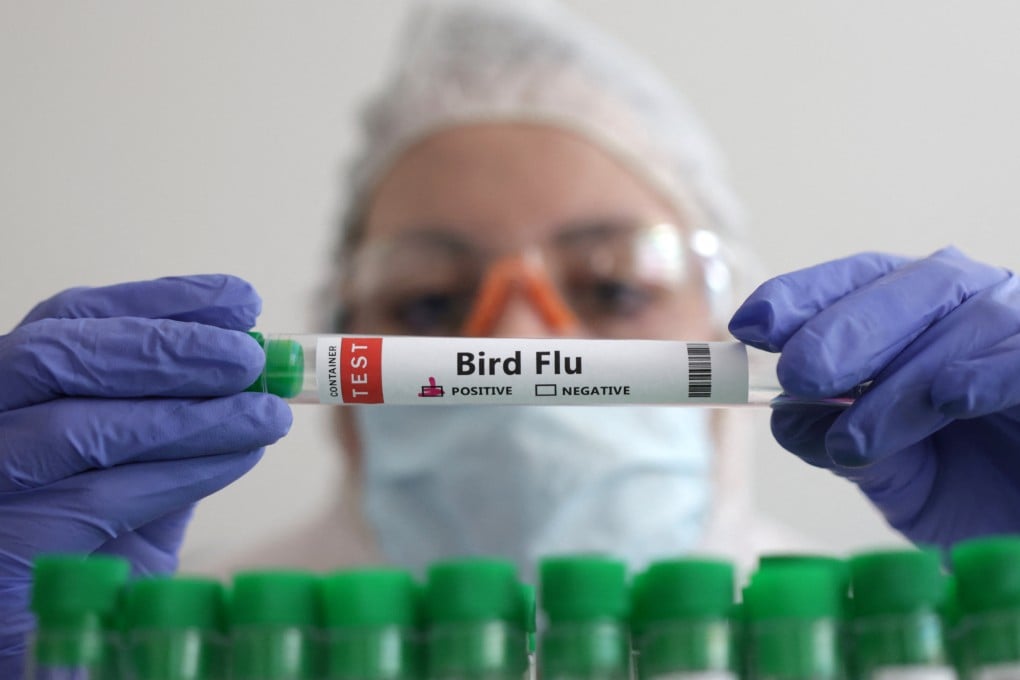Bird flu spreads to new countries, threatens non-stop ‘war’ on poultry
- Avian flu has reached South American nations such as Ecuador, Peru and Bolivia for the first time
- The United States, Britain and Japan are among countries that have suffered record losses of poultry

Avian flu has reached new corners of the globe and become endemic for the first time in some wild birds that transmit the virus to poultry, according to veterinarians and disease experts, who warn it is now a year-round problem.
Reuters spoke to more than 20 experts and farmers on four continents who said the prevalence of the virus in the wild signals that record outbreaks will not abate soon on poultry farms, ramping up threats to the world’s food supply.
They warned that farmers must view the disease as a serious risk all year, instead of focusing prevention efforts during spring migration seasons for wild birds.
Outbreaks of the virus have widened in North and South America, Europe, Asia and Africa, undefeated by summer heat or winter cold snaps, since a strain arrived in the United States in early 2022 that was genetically similar to cases in Europe and Asia.
On Wednesday, Argentina and Uruguay each declared national sanitary emergencies after officials confirmed the countries’ first infections. Argentina found the virus in wild birds, while dead swans in Uruguay tested positive.
Egg prices set records after the disease last year wiped out tens of millions of laying hens, putting a staple source of cheap protein out of reach to some of the world’s poorest at a time the global economy is reeling from high inflation.

Wild birds are primarily responsible for spreading the virus, according to experts. Waterfowl like ducks can carry the disease without dying and introduce it to poultry through contaminated feces, saliva and other means.